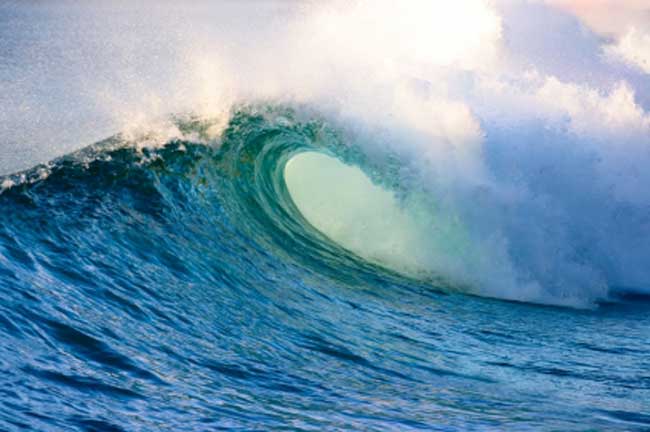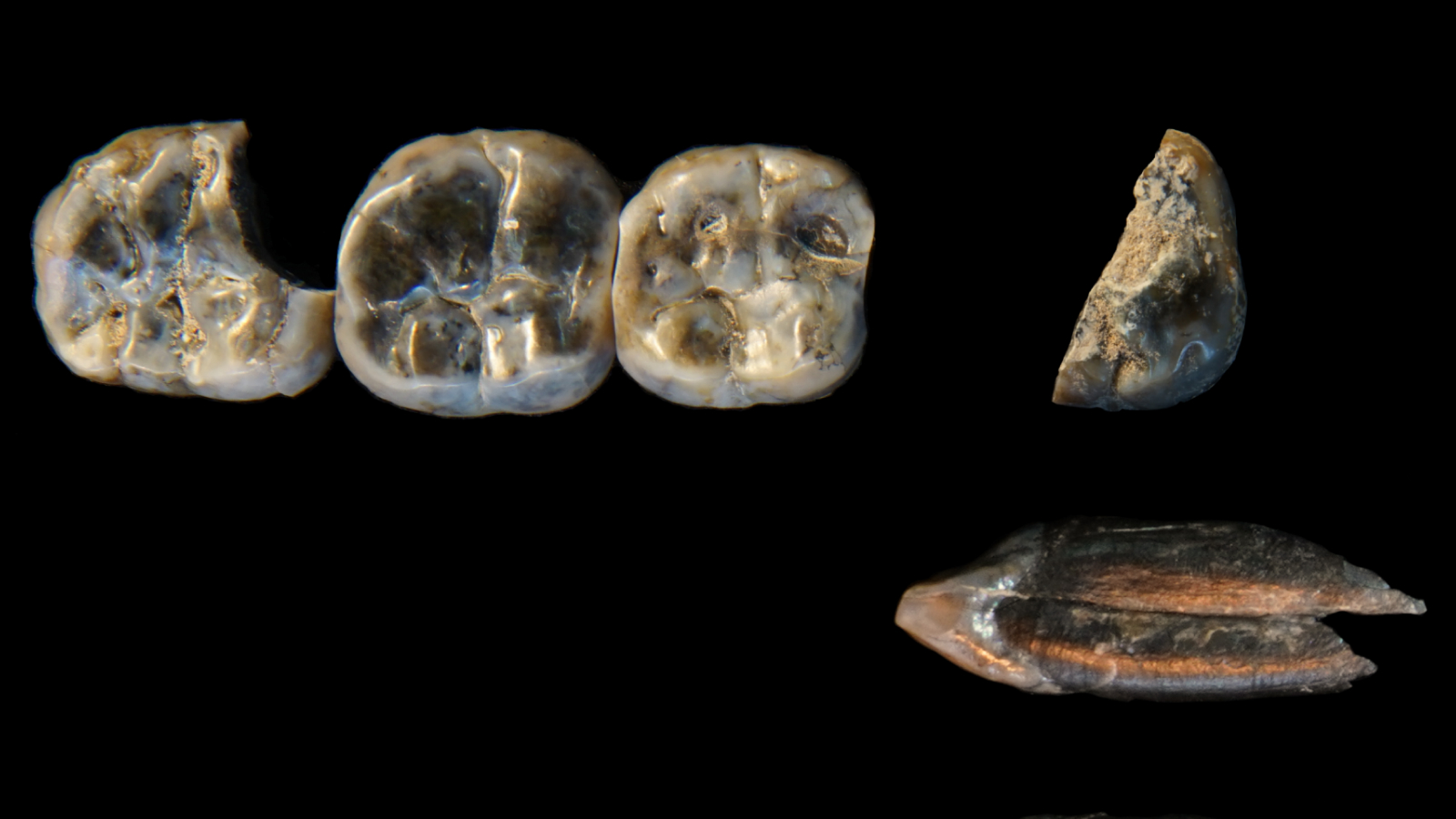Cloaking Technology May Protect From Natural Disasters

Cloaking, that perennial technology of comic books and sci-fi series, may be one step closer to reality.
Researchers have developed a new cloaking method that may someday prevent submarines and fighter jets from being detected by sonar and radar. It might also be used to shield buildings and oil rigs from the devastating effects of earthquakes and tsunamis.
As it is often depicted in sci-fi movies and books, cloaking involves making an object partly or completely invisible to incoming radiation such as light or radio waves.
Books and games like “Harry Potter” and “Halo” have popularized the kind of cloaking that blocks visible light to turn an object invisible to the naked eye, though the more plausible types of cloaking being developed are geared toward blocking microwaves, infrared light, radio and TV waves (all these forms of radiation are part of the electromagnetic spectrum).
And while there are already various cloaking methods available, this latest technology is the first to use antennas to generate waves instead of relying on exotic metals or “metamaterials” to protect objects from electromagnetic waves coming from sonar or radar. Metamaterial is created by combining two or more materials to extend the range of electromagnetic effects.
“It's a brand new method of cloaking," said Graeme Milton, lead author of the study and a professor at the University of Utah. "It is two-dimensional, but we believe it can be extended easily to three dimensions, meaning real objects could be cloaked.”
Compared to previous forms of cloaking that were only capable of hiding objects from very specific wavelengths of radiation, scientists say the new method can hide objects from a broader band of wavelengths, including sound waves, sea waves, and seismic waves.
Get the world’s most fascinating discoveries delivered straight to your inbox.
"The problem with metamaterials is that their behavior depends strongly on the frequency you are trying to cloak from," Milton said. "So it is difficult to obtain broadband cloaking. Maybe you'd be invisible to red light, but people would see you in blue light."
Building bigger shields
Experiments conducted by the researchers showed it is possible to cloak something 10 times wider than the 4-inch microwaves that are emitted by radar, raising hopes for cloaking larger objects. So far, the largest object cloaked from microwaves was an inch-wide copper cylinder.
"We proved mathematically that this method works when the wavelength of incoming electromagnetic radiation is large compared with the objects being cloaked, meaning it can cloak very small objects," Milton says. "It also can cloak larger objects."
Milton says the cloaking devices cause "destructive interference," similar to when two pebbles are thrown in a pond and generate ripples of waves. In places where wave crests meet, the waves add up and the crests are taller. Where troughs meet, the troughs are deeper. But where crests cross troughs, the water is still because they cancel each other out.
The principle, applied to sound waves, is "sort of like noise cancelation devices you get with headphones in airplanes if you travel first class," Milton said.
The mathematical feasibility of the new cloaking technique is detailed in the journals Optics Express and Physical Review Letters. The research team designed a computer model to simulate how such a cloaking device would work.
"The research simulates on a computer what you should see in an experiment," Milton says. "We just do the math and hope other people do the experiments."
Blocking natural disasters
Results from the study demonstrate that it is conceivable to build cloaking devices that generate waves to create a quiet zone to protect oil rigs against incoming tsunami waves, or to create vibrations to neutralize incoming seismic waves from an earthquake.
"Our method may have application to water waves, sound and radar," Milton said. "It would be wonderful if you could cloak buildings against earthquakes. That's on the borderline of what's possible."
One disadvantage of the new method "is that it appears you must know in advance everything about the incoming wave," Milton said. That might require placement of numerous sensors to detect incoming seismic waves or tsunamis.
Milton also said the technology is unlikely to lead to the kind of cloaking that can make the Romulan ships of "Star Trek" disappear.
"The cloaking device would have to generate fields that have very small wavelengths," Milton said. "It is very difficult to build antennas the size of light waves. We're so far from cloaking real-sized objects to visible light that it's incredible."
Though cloaking from light "is probably impossible, it's a fascinating subject, and there is beautiful mathematics behind it," Milton said. "The whole area has exploded. So even if it's not going to result in a 'Harry Potter' cloak, it will have spinoffs in other directions," not only in protecting objects from waves of various sorts, but "for building new types of antennas, being able to see things on a molecular scale. It's sort of a renaissance in classical science, with new ideas popping up all the time."
- Reality Check: The Science of Star Trek
- Video: Cloaking Concept Moves Beyond Theory
- New Material Could Make Objects Invisible

